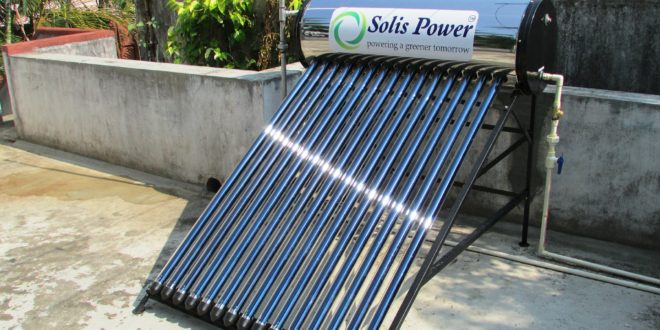Providing people with clean drinking water isn’t always as straightforward as it seems. As environmental issues become a more pressing concern, researchers have to think about not just purifying water, but also doing so sustainably. People need clean water, but they shouldn’t have to sacrifice other necessities like energy for it.
It can be challenging to provide communities with a solution that’s both efficient and sustainable. There are plenty of eco-friendly methods for purifying water out there, but not all of them work fast enough. Several options that balance both sides of the equation are emerging, however.
Solar water purification is a growing trend in this field. With the right approach, solar technologies can be an excellent source of sustainable clean water.
How the Sun Helps Purify Water
How can the sun help the 783 million people who don’t have clean water? Whether you realize it or not, you see the sun purify water all the time through evaporation. Solar water purification technologies take advantage of this natural process to clean water without using any energy.
As you already know, when water heats up enough, it starts to evaporate and turn into a gas. Contaminants like bacteria and metals don’t turn to vapor with the water, so they stay behind. When the water vapor condenses back into a liquid, it’ll be free of these contaminants.
Solar water purification techniques try to speed this process to provide a source of clean water. They harness the natural water cycle to balance water purity with sustainability.
Different Approaches to Solar Water Purification
Solar water purification is a growing trend, so there’s more than one way to do it. Most of the variation between these techniques has to do with what they use as a hydrogel. Hydrogel is a substance that helps collect water and heat it faster, allowing for a more efficient process.
A recent study from the University of Science and Technology of China used bacteria to produce cellulose for the hydrogel. This technique grew bacteria on a wooden block that served as the base for the system. That way, the cellulose forms naturally, and scientists just have to add tiny glass bubbles and carbon nanotubes to complete the hydrogel.
The U.S. Army also recently came up with a new solar distillation technique. Instead of using a hydrogel, this system uses a laser-etched aluminum panel that serves the same purpose. Water creeps up the side of the aluminum, which heats quickly, causing evaporation.
Solar distillation isn’t the only way to use the sun in the water purification process, either. Some projects in East Africa power reverse osmosis through solar energy, making a more traditional approach more sustainable.
Addressing the World’s Water Needs
Technologies like these are crucial because many areas throughout the world don’t have access to clean water. Modern technology has given more people clean water than ever before, but there are still communities in need. Take Flint, Michigan, as an example, which has had water purity issues since 2014, when it switched water sources.
Clean water isn’t the only problem at hand, either. Since 2000, 1.8 billion people have gained access to clean water. Unfortunately, energy concerns have increased simultaneously. Purification methods that require a lot of electricity may create new problems or exacerbate existing ones, even as they solve others.
Solar water purification addresses both concerns. With these technologies, the world can boost clean water access without increasing energy needs.
Sustainable, Clean Water Is a Necessity
As the population keeps growing and resources decline, solutions like these are critical. The world needs clean water, and it needs eco-friendly ways to provide it. That makes solar-powered purification a welcome advancement. With more research and development, these technologies may become some of the best options for water purification.
Issues like sustainability are rarely straightforward. Despite that, sometimes the simplest solutions, like solar water purification, are the best. The world has a lot of concerns to manage, but with technologies like this, it can do just that.



